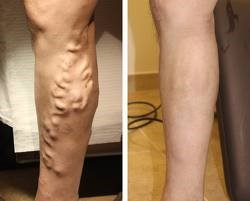
In this often painful condition, veins are elongated, dilated and tortuous or knotted.
The surface veins of the legs are most commonly affected.
Causes
- Obstruction of blood flow is the prime cause Increased pressure within the abdomen or legs due to obesity, pregnancy and tight clothing like girdles.
- Aging.
- Occupation requiring prolonged standing like housewives and policemen.

